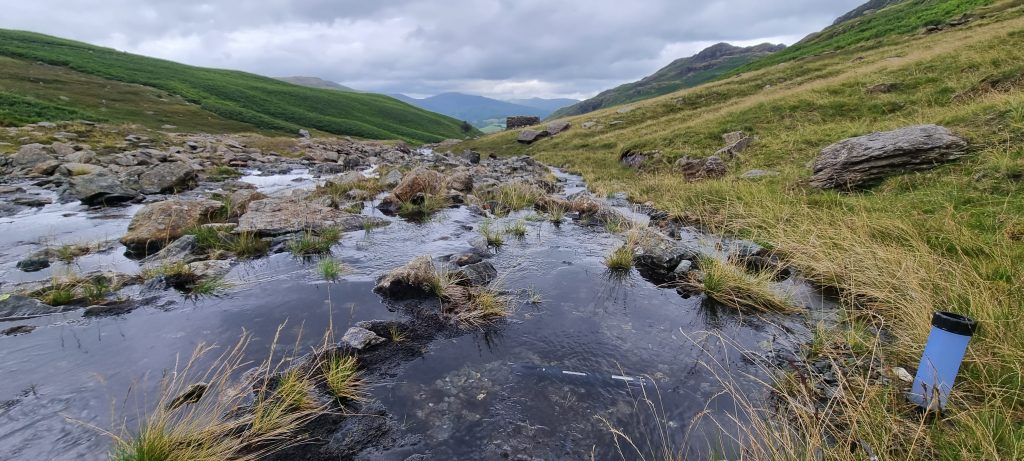South Cumbria: An Overview
Our plans and priorities help to inform and implement priorities identified in other plans and strategies including River Basin District Management Plans, Local Nature Recovery Strategies and Flood Risk Management plans, amongst others.
Current Status
Our plans are based on data and evidence to drive forward action. Therefore, it is important to understand the current status of our catchments. The Water Framework Directive (WFD) is a useful tool for classification. This directive commits European Union member states (and is now written into UK Law) to achieve ‘good status’ for a number of factors. These factors are currently monitored by the Environment Agency at a waterbody level (sub-catchment). We can then use these classifications to begin to pinpoint where to focus our work.
In the latest (2019) WFD classifications no waterbody in England was classed as ‘good’ or above.
This is mainly due to chemical failures, the ecological picture is more varied. Although more than half of all waterbodies fail to meet ‘good’ standards.

However, the Water Framework Directive isn’t the only way of classifying and understanding our catchments. The Becks to Bay partnership have collated a wide range of information shown on the catchment maps. To help you access this we have divided it into the seven main themes of our plan. This also allows us to target areas failing for specific factors and to identify areas which may support a project delivering multiple themes.
